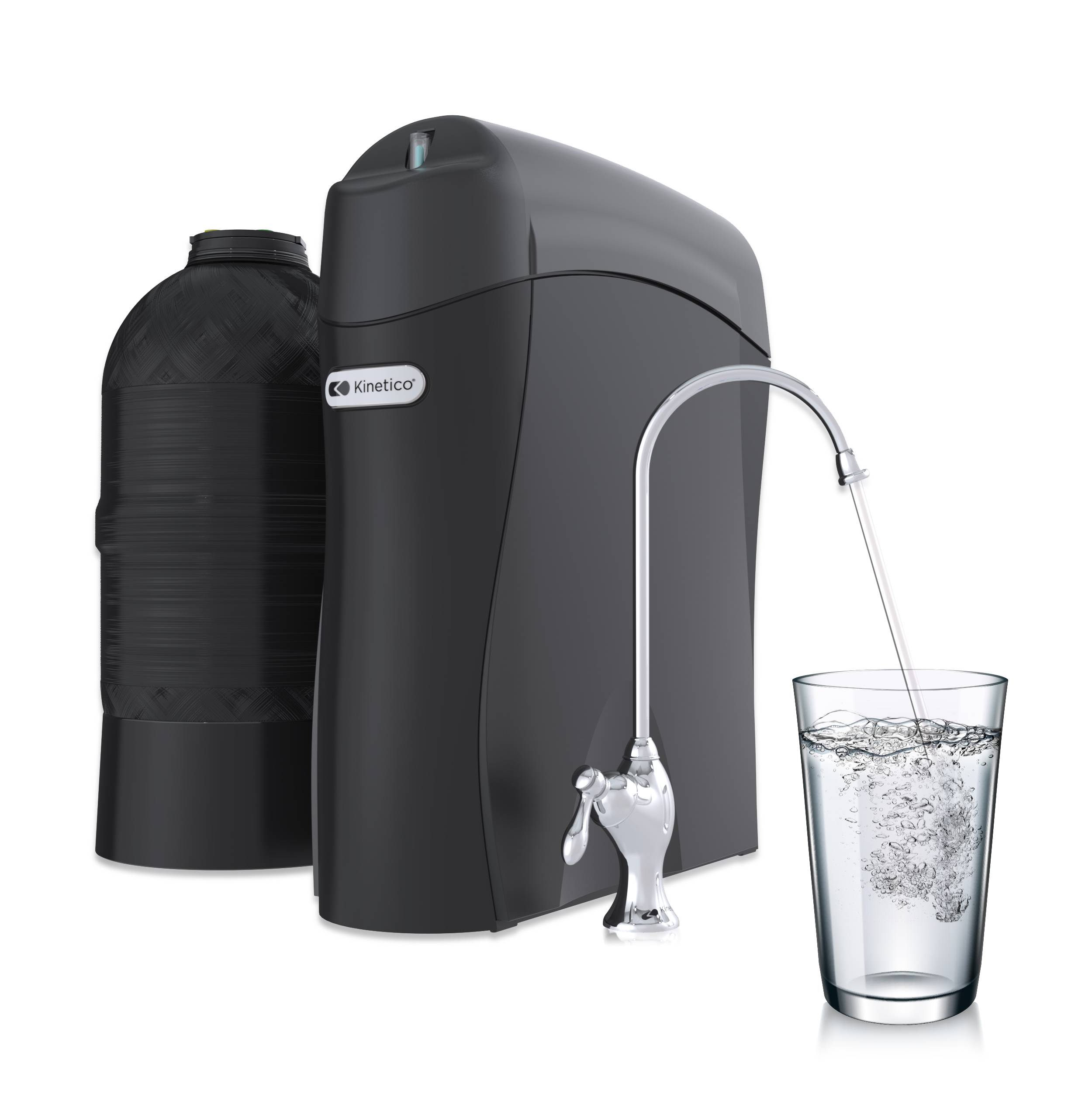Most homes have hard water, whether it is supplied by a private well or a municipality. Although hard water is comprised of naturally occurring minerals and is not known to be harmful to humans or animals, it has the potential to cause damage to skin, hair, water using appliances and plumbing.
Pure water is the universal solvent. It is tasteless, odorless and colorless but as it makes its way through soil and rock, it dissolves minerals and holds them in solution. The two most common minerals that make water hard are calcium (Ca) and magnesium (Mg). The higher the calcium and magnesium content of the water, the higher the hardness level.
Hard Water Measurements
Hardness is measured in grains per gallon (gpg). Water with a range of 1.0–3.5 gpg is slightly hard. Conversely, water that is more than 10.5 gpg is classified as very hard. However, even small amounts of hardness in a water supply can be detrimental.
| Water Hardness Scale (grains per gallon) | |
|---|---|
| Less than 1 | Soft |
| 1.0–3.5 | Slightly Hard |
| 3.5–7.0 | Moderately Hard |
| 7.0–10.5 | Hard |
| Greater than 10.5 | Very Hard |
A white film or spots on shower doors, glassware or fixtures may indicate hardness. The film may also be left on skin and hair after bathing, resulting in dryness and the use of extra hair products and lotions. Additionally, hard water can leave mineral deposits in pipes and water using appliances. This is apparent when the flow of water is decreased or when appliances become inefficient or need multiple repairs. According to the Water Quality Association, a consumer’s water heating costs could increase as a result of hard water. When hard water is heated, the minerals can precipitate and form scale. This scale build-up forms an insulating barrier between the heating element and the water to heated.
Hardness also has an effect on soaps and detergents. The cleaning properties of detergents and the amount of suds produced are diminished. Calcium and magnesium ions actually react with soaps and detergents to create “soap curd”, sometimes called “soap scum”. Soap curd reduces the life of clothing and makes them look gray or faded.
How is Hard Water Treated?
Hard water is treated several ways. The most common household method involves ion exchange which occurs when the positively charged calcium and magnesium ions are exchanged for sodium ions in a water softener. One disadvantage of ion exchange is that sodium is introduced into the water supply. Consumers on a sodium restricted diet need to count this as part of their daily intake if drinking softened water.
Water may also be softened with chemical precipitation. This process involves imparting lime in the water supply to raise the pH. When the pH level is high enough some hardness compounds will precipitate and can be filtered out. With chemical precipitation, the amount of hardness in the water will be reduced but not completely removed. The water may also be cloudy and the precipitate can cause build up.


